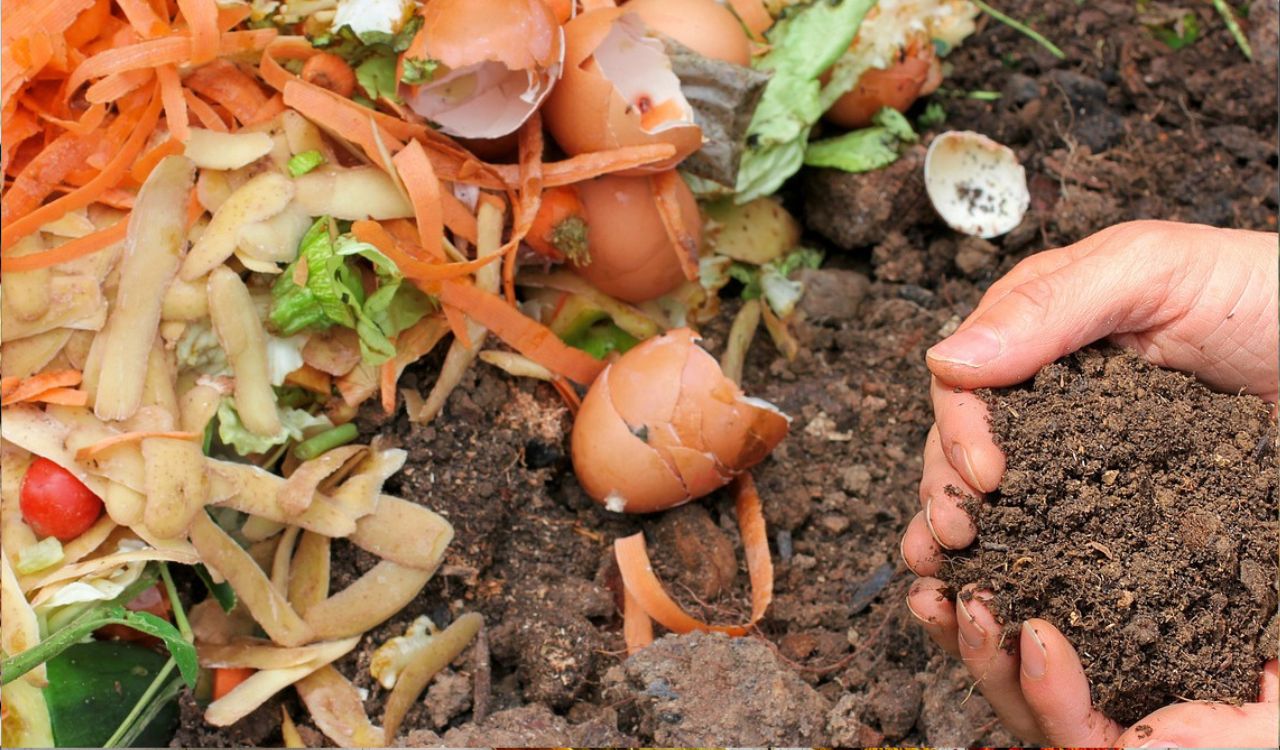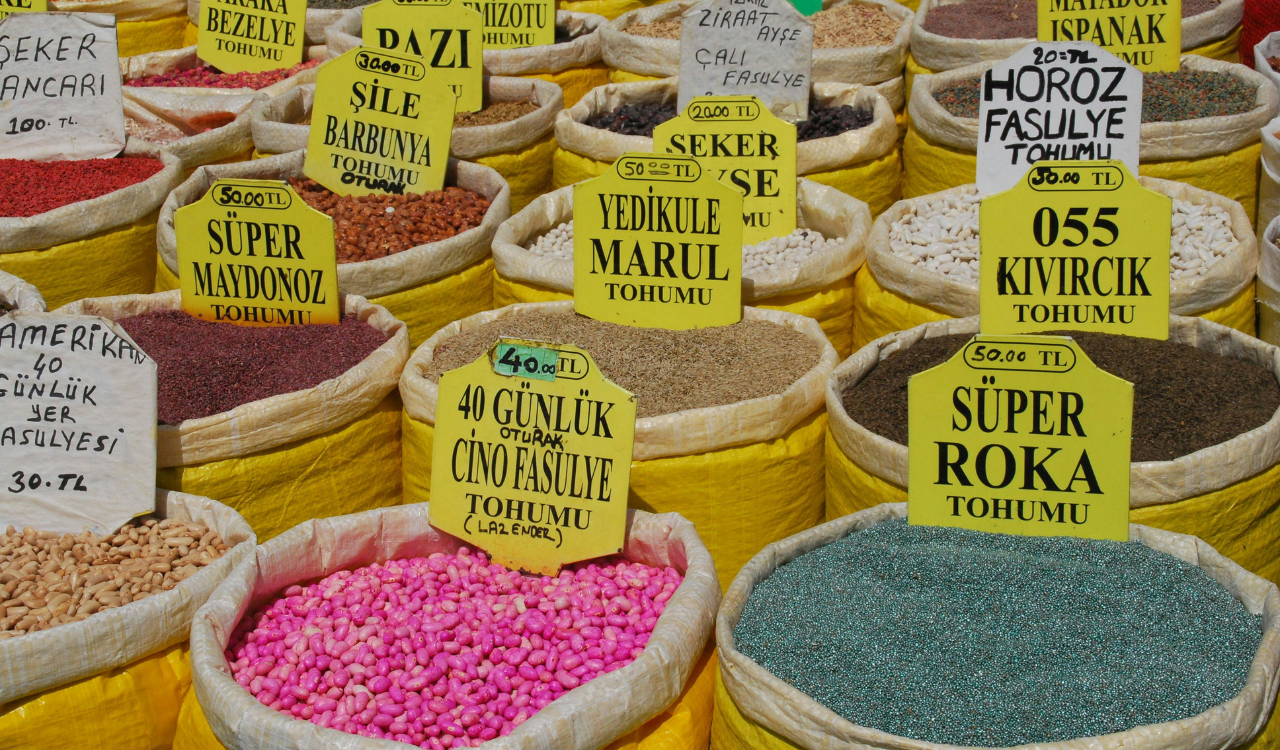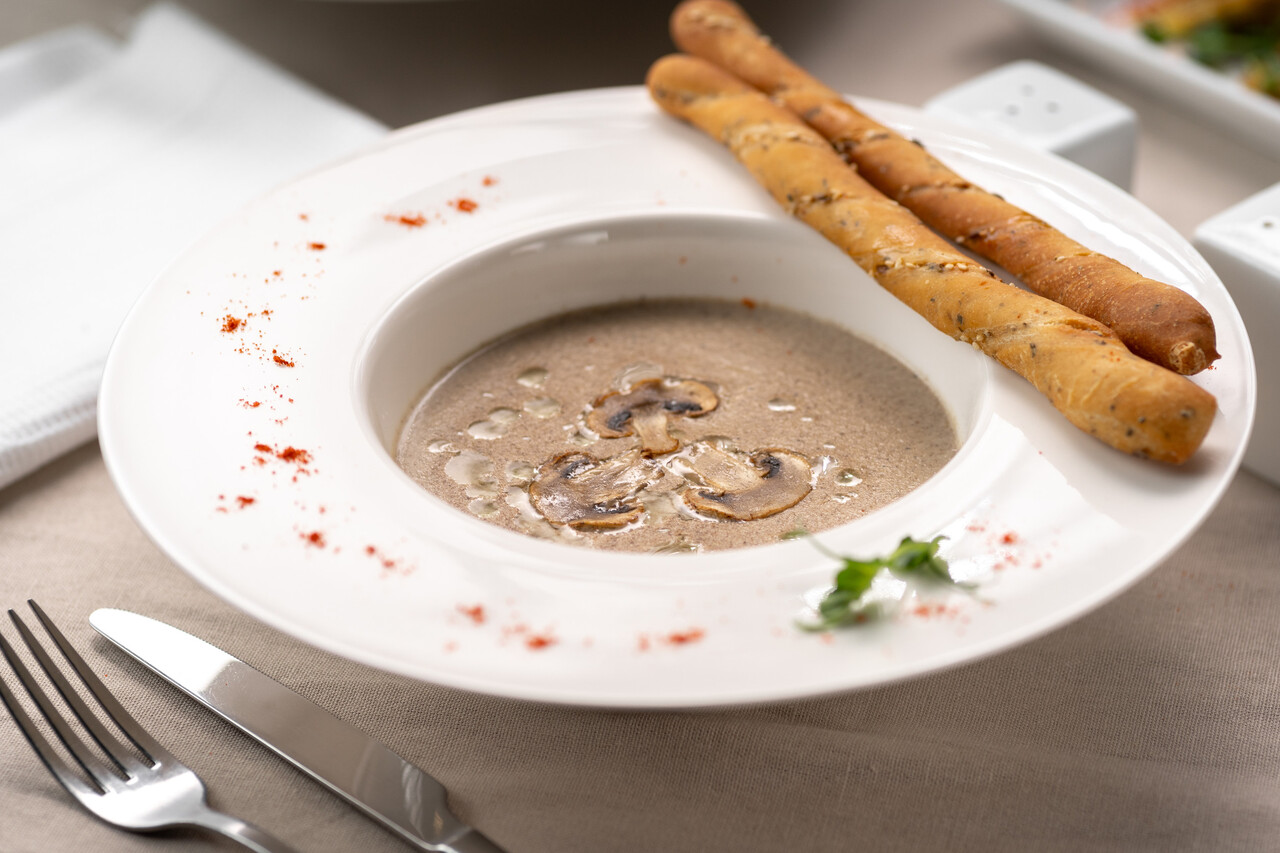Sweet Potatoes vs. Regular: Which One Wins Your Heart
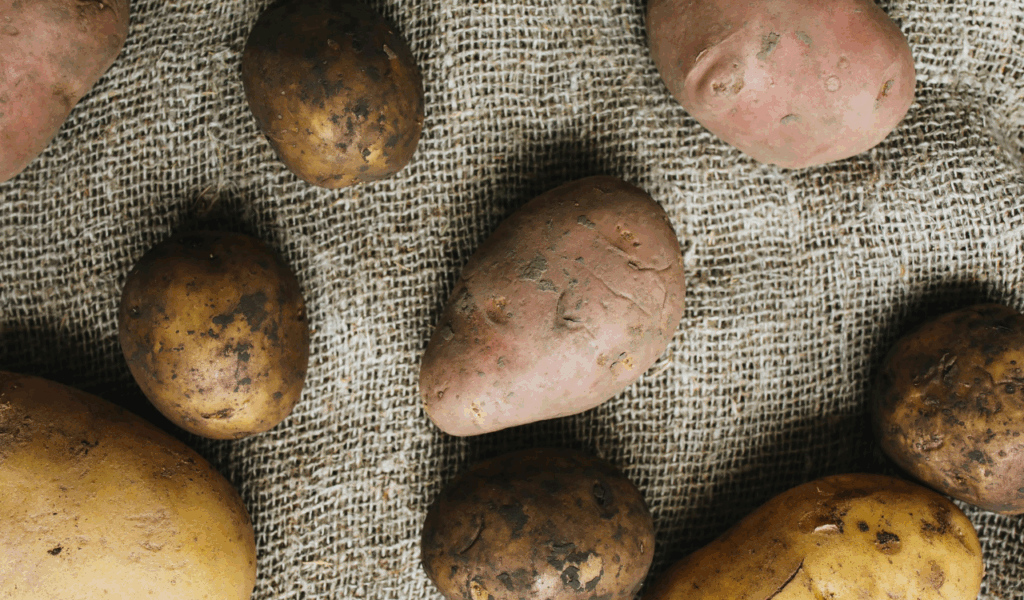
Sweet potatoes and ordinary potatoes are both popular around the world and are used in many cozy meals. Even though they have the same name, they taste, feel, look, and are good for you in different ways. Regular potatoes have that classic, savory starchiness and may be used in many ways, whereas sweet potatoes are naturally sweet and have a soft, moist feel. It’s not just about taste; it’s also about health, how you prepare, and what you like. Let’s take a good look at them and discover which one really wins your heart and your plate.
1. Taste and Texture Differences
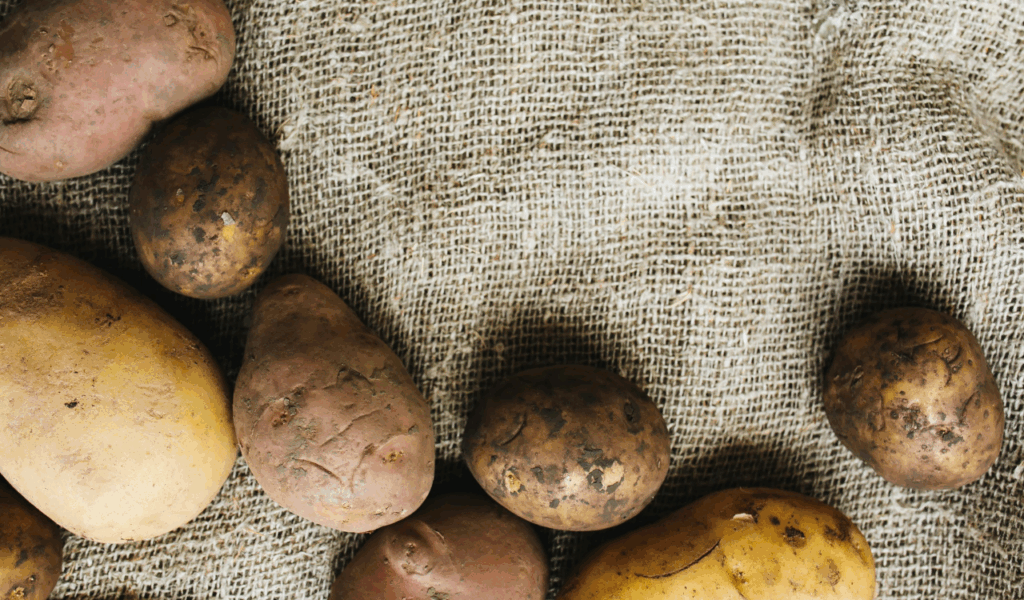
Sweet potatoes are inherently sweet and have a smooth, creamy inside when cooked. Regular potatoes are mild and starchy, making them a better base. Sweet potatoes are great in both savory and sweet dishes, whereas ordinary potatoes work well in salty, crunchy, or buttery dishes. Texture is a significant part of what people like: russets and Yukon Golds are flawlessly fluffy when fried or mashed, and sweet potatoes caramelize gorgeously when roasted.
2. Nutritional Breakdown

Sweet potatoes provide more vitamin A (in the form of beta carotene) than virtually any other vegetable. This helps with vision and the immune system. But regular potatoes offer a little more potassium and protein. When you eat them with their skin, both are high in fiber. The main difference is in the natural sugars: sweet potatoes have more, but they have a lower glycemic index, which means they digest more slowly and release energy more steadily. Each tuber is very good for your health.
3. Health Benefits
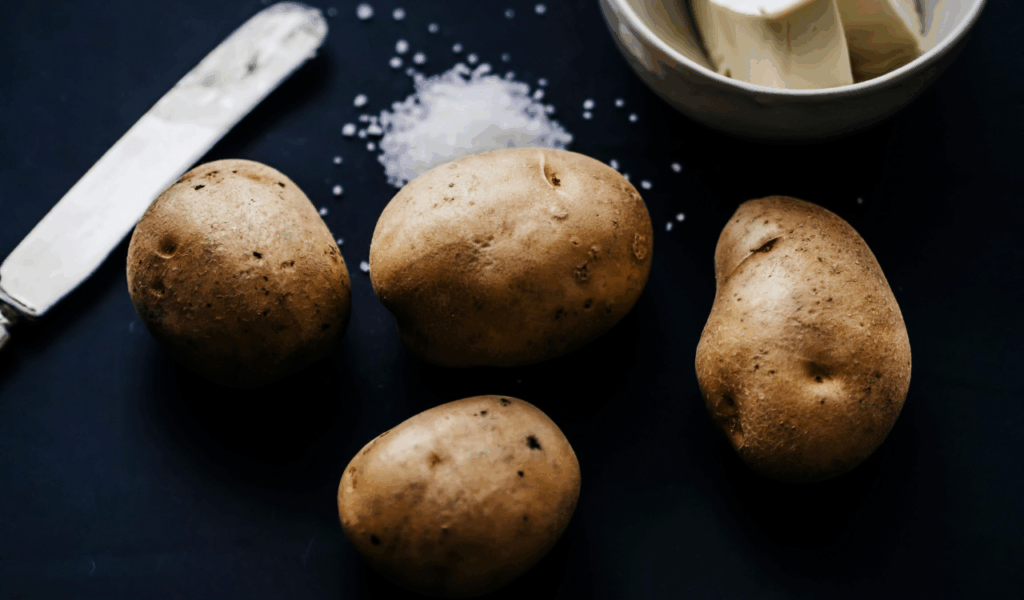
Antioxidants are found in large amounts in sweet potatoes, especially the orange and purple kinds, which help fight oxidative stress and inflammation. Because they are high in fiber, they also help control blood sugar levels better than most people realize. Regular potatoes provide resistant starch, which is good for your digestion and gives you energy. The way you cook them makes a big difference in their health advantages. Baked or boiled varieties are healthy, while fried or butter soaked versions are not. The best way to win is to find a balance.
4. Cooking Versatility
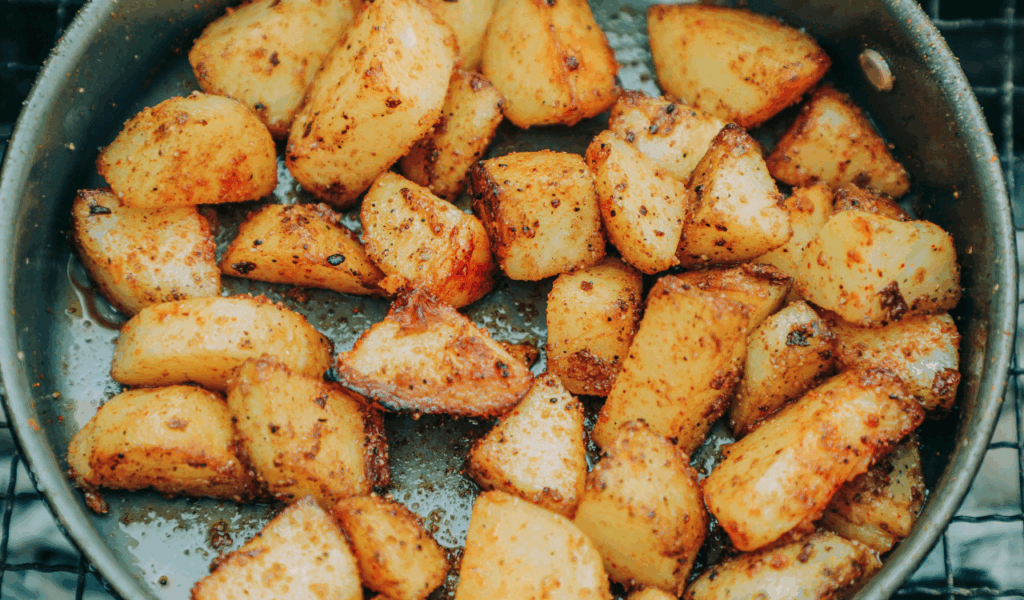
Not many foods are as versatile as potatoes. Sweet potatoes taste great when roasted, mashed, or baked. They also taste great in smoothies, pancakes, and pies. Potatoes are the main ingredient of comfort foods like fries, hash browns, gnocchi, and gratin. Because of the sort of starch they have, they get crispier. Sweet potatoes are great for creamy recipes since they have a lot of moisture. Regular potatoes are great for crispy foods. Both of them work well in many different types of food, therefore they are must haves in the kitchen.
5. Glycemic Index and Energy
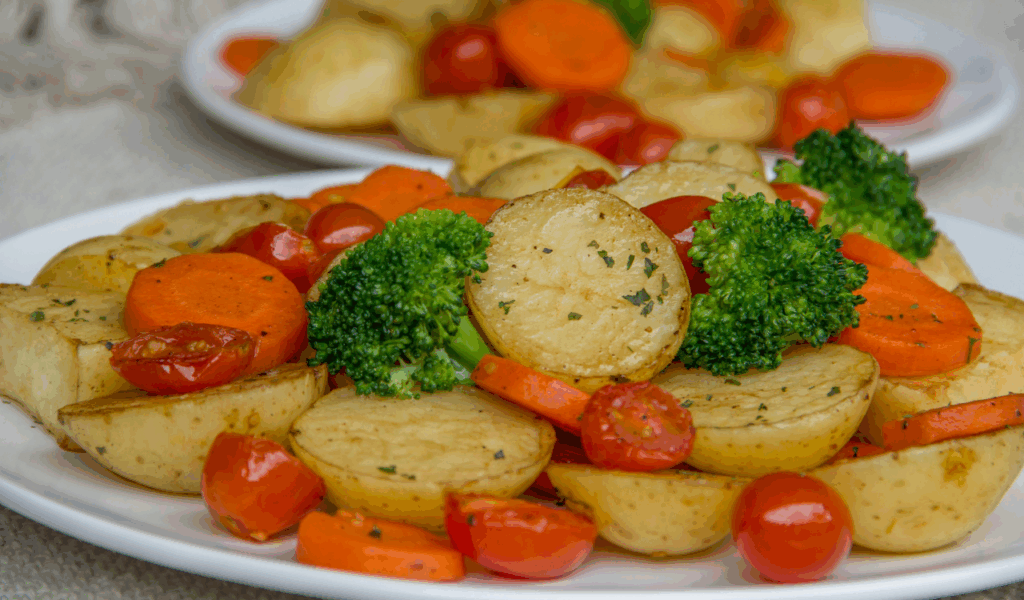
Sweet potatoes have more sugar than white potatoes, but their glycemic index (GI) is usually lower, which means they give you energy more slowly. This helps keep blood sugar levels constant and stops energy dumps. Regular potatoes, especially when boiled and then chilled, make resistant starch, which decreases their GI as well. Both can be part of a healthy diet if they are cooked in a healthy way. This shows that the way you cook them can affect how stable they are.
6. Storage and Shelf Life

In general, regular potatoes keep longer when stored in cool, dark settings. Sweet potatoes are more sensitive to cold and dampness, therefore they need places that are a little warmer and have good airflow. Over time, both can sprout, but ordinary potatoes can be stored for longer without sprouting. Raw potatoes don’t freeze well because they have a lot of water in them, but cooked potatoes do. Knowing how to store each type properly keeps them from going bad and helps them keep their taste and texture over time.
7. Culinary Pairings

Sweet potatoes go well with spices like cinnamon, paprika, and cumin, as well as foods like black beans, almonds, and citrus. Herbs like rosemary, thyme, and garlic go well with regular potatoes, which can be served with fish, steak, or other meats. The distinction is in their base flavor: sweet potatoes go well with savory foods, while ordinary potatoes go well with salty or umami foods. When seasoned properly, both varieties can go well with practically any type of food.
8. Environmental Impact
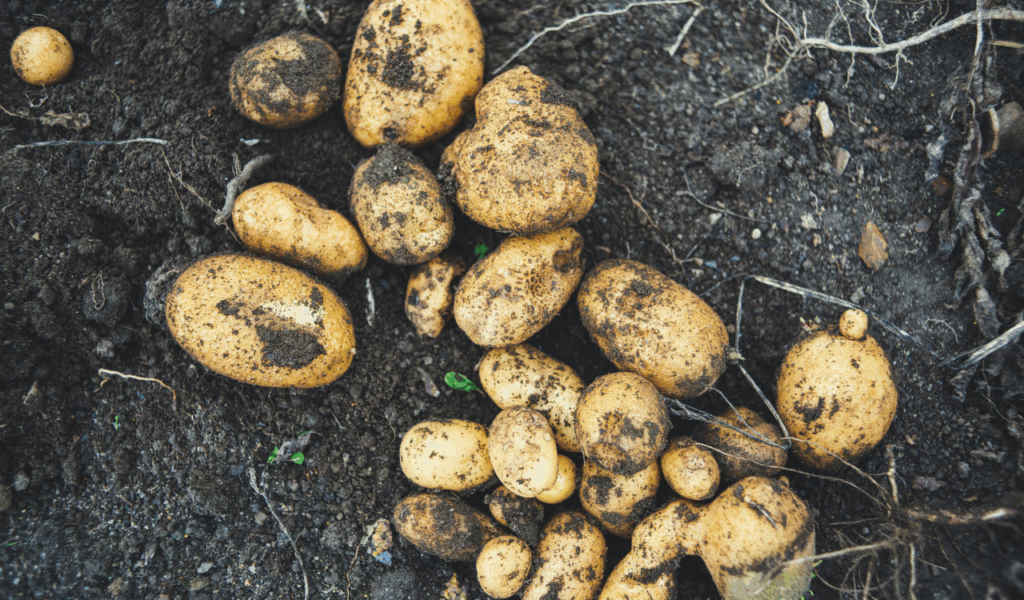
Both crops are easy to grow, but sweet potatoes need fewer chemicals and can grow well in soil that isn’t very good. They are a staple food in many developing areas since they are strong and good for you. Regular potatoes produce a lot of crops, but they typically need extra pesticide protection. Both types of farming that are good for the environment are better, but sweet potatoes are usually better because they consume fewer resources. Choosing types that are cultivated nearby also helps the environment.


